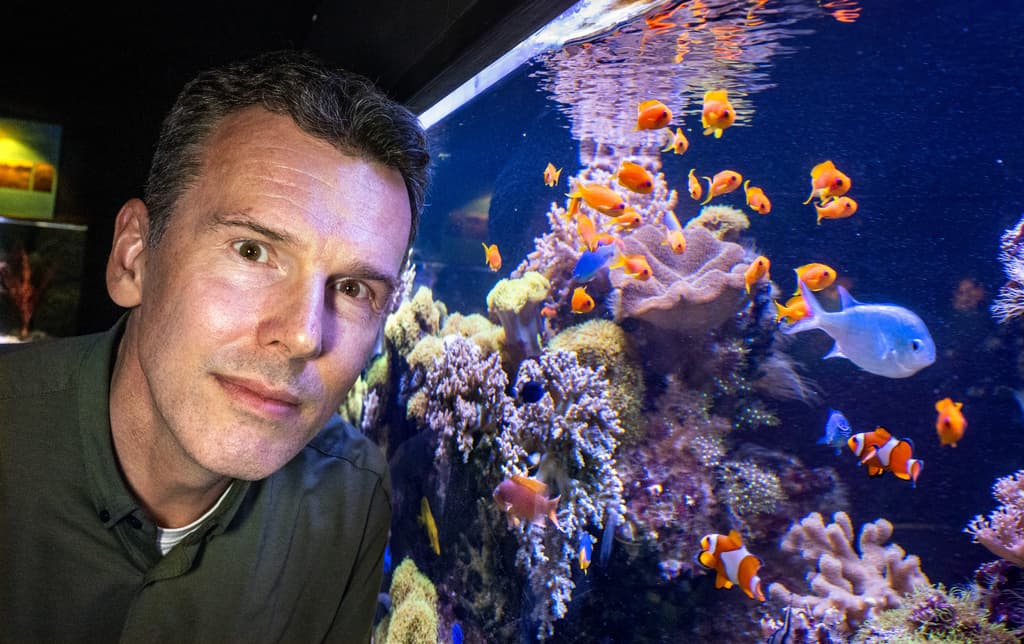They have been blown apart in nuclear tests and poisoned when people fished with cyanide. The absolute greatest threat to the future of coral reefs is, however, global warming, according to researcher Fredrik Moberg.
The victim is hundreds of millions of years old and is already half-dead. The prognosis is that the murder will be completed sometime during the last quarter of the century if emissions continue at the current rate. And you don't need to be detective Sherlock Holmes to figure out who the culprit is, concludes coral researcher and environmental communicator Fredrik Moberg in his new book "The Planet of the Corals".
Record temperatures in the oceans have led to a global mass bleaching of coral reefs. Corals live in symbiosis with algae, but when the water is too warm, the algae leave the coral animal - which then loses its color and risks starving to death.
The world is already about 1.2 degrees warmer than it was before the Industrial Revolution, and emissions that warm the planet continue to increase. More than 99 percent of the reefs risk dying if the global average temperature is raised by 2 degrees by the end of the century, according to the UN's climate panel IPCC. If warming is limited to 1.5 degrees, the assessment is that up to 90 percent of the reefs can be lost.
Fredrik Moberg is "extremely worried" but believes that IPCC's scenarios are too pessimistic.
The book is not just a true crime story that gets to the bottom of who the murderer is, it's also a tribute to the reefs that tower up like skyscrapers beneath the surface. As recently as 2020, a previously unknown 500-meter-high reef was discovered off the coast of Australia - larger than the Empire State Building in New York.
The nearest tropical reef is located in Egypt, about 400 miles from Sweden. But there is still reason for Swedes to care about the future of the corals, Moberg means.
The colorful reefs have become a symbol of the victims of climate change, a canary in the coal mine. But even at home, there are corals fighting against sea acidification, bottom trawling, and warmer water.
Not everyone may know that Gotland is largely composed of fossilized coral reef. Over 400 million years ago, it lay as what would become Sweden's largest island in tropical waters near the equator, but the reef was transformed into fossil as it slowly moved north.
One way to strengthen the corals' shares is to try to put a price tag on them.
Moberg hopes that his book will not be a death knell, but rather a time capsule of a period when humanity took a step towards controlling global warming.
Sweden has only one species of reef-building coral, the eye coral (Lophelia pertusa). It lives in significantly colder and deeper water than the tropical corals and is known as the cold-water coral.
Today, there are only two known living coral reefs in Sweden. One is located in the Kosterhavets national park and the other in the Väderöarna nature reserve. There were previously coral reefs on at least four more locations.
A project is underway to help the Swedish corals recover.





